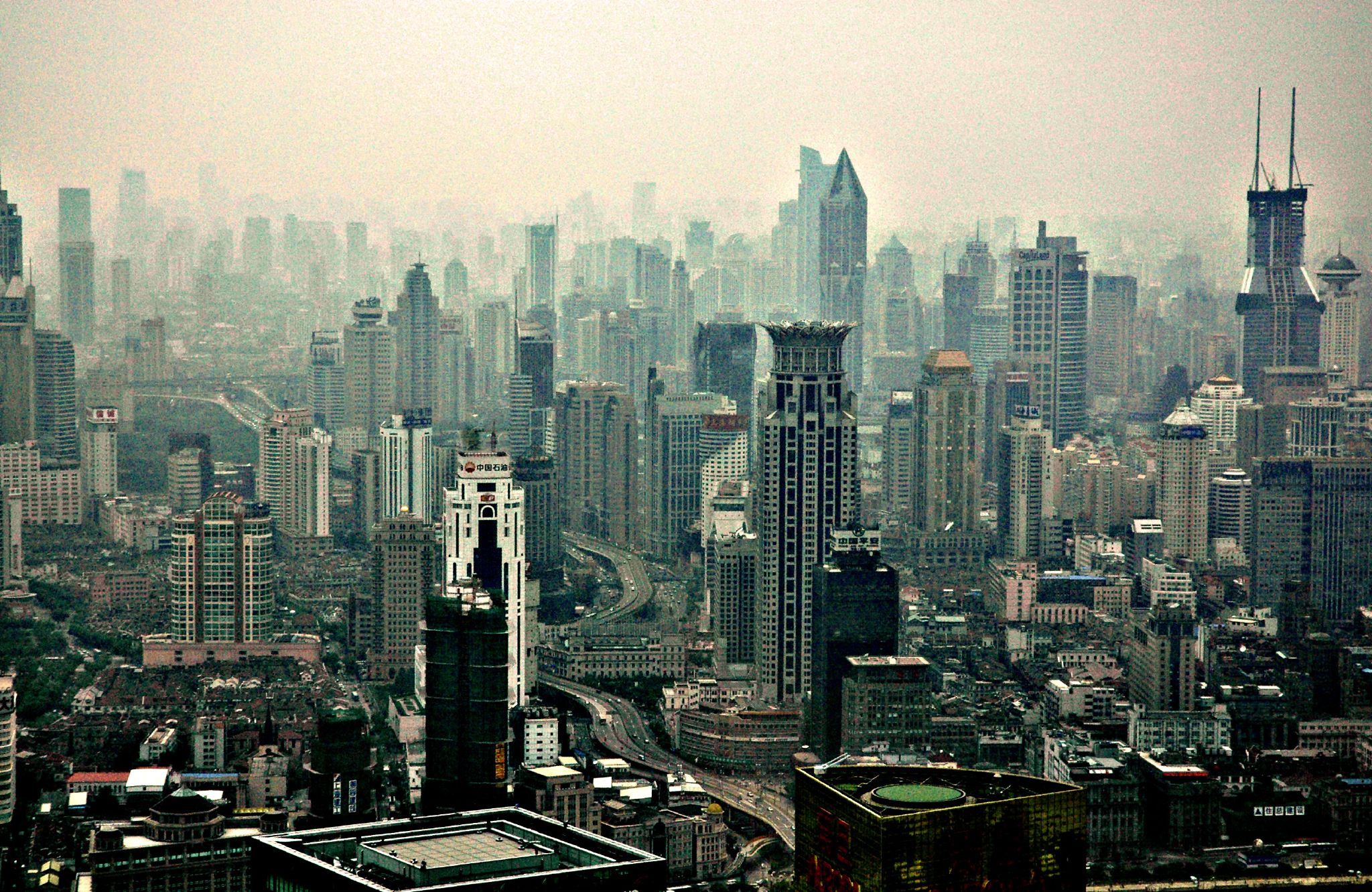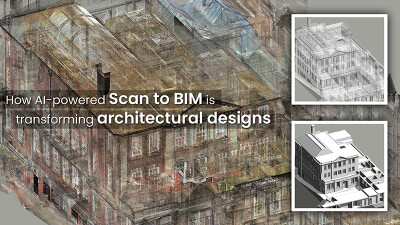The digit group provides smart city solutions. That might seem simple on the surface, but in truth it requires proficiency in a dizzying array of methodologies and tools, including project management, BIM, urban planning, technology development, the internet of things, and, of course, 3D technologies.
When I caught up with president and CEO Paul Doherty ahead of his SPAR 3D keynote this year, I asked—What is a smart city, exactly, and how does 3D tech play into it?
What follows is a very small excerpt of our conversation.
The Smart City
Doherty explains that the smart city is another name for a holistic approach to urban development.
He offers an analogy to explain: When we treat a place as a smart city, we treat it as an organism where all systems and technologies overlap and interact with one another. In Doherty’s vision, innovations like renewable energy, autonomous vehicles, drones, buildings, and smartphones are all in communication, in a relationship that looks a lot like a technological ecosystem.
“Take a look in nature,” he says, “and it will start driving your design.”
A Crucial Role for 3D Data
So where does 3D data fit into all of this? It’s the thing that makes it possible for us to operate of all the complex, interlocking technologies and systems that make up a smart city.
“3D data is going to be the only way to manage the built environment,” Doherty says. “Right now we’re working with Saudi Arabia to model the entire country, and we already have Riyadh done. We went 3D because 2D mapping only gives you half the story—especially if you’re trying to manage a megacity, but even in a small town.”
Imagine trying to build an air-control system for drones using 2D data. It won’t work (and Doherty would know), because 2D can tell you where a drone is on the “map,” but won’t offer information about its altitude. Drones move in three dimensions, so using a 2D tracking system would also make it impossible to direct the city’s other systems on how to interact with the drones. This same logic applies to any of the other systems that make up a smart city–you need to track their operation through three dimensions.
3D data is also invaluable to management of the smart city because it gives us a better way to report and communicate.
“We have to manage our cities in unique ways,” says Doherty, “because the old days of creating a central command with TV screens and monitors—that’s not helping. I can have an entire city’s information on a 3D model, and I’m able to click anywhere to see what I want to see. I can give roles and responsibilities to individuals in the field, and send them directly where they need to be.”
In other words, our future interface for the smart city is nothing less than “a multi-BIM environment to manage municipal issues.”
Doherty says this means we might start to look at 3D data differently in the future. “The world of 3D data is no longer just about modeling,” he says, “it’s about making sure that it’s geospatially perfect. The data does not have to be fully rendered, it just has to represent where that data is needed or where it was created.”
The Final Frontier
By designing the cities themselves to use this 3D location data, Doherty says we can do things we’ve barely dreamed of. He talks animatedly about autonomous vehicle pods that separate and interlock as needed to meet demand for individual and group transportation, for rugs that generate power from footsteps while tracking a customer’s location, and even building systems that can isolate active shooters and lock them up in entryway until the authorities arrive.
His big idea is that the right recipe—combining 3D data with other innovative technologies—can make the built environment smart enough to operate without much human intervention at all. With that approach, he said, some day our cities will “move faster than the thought of a human being.”
For more from Paul Doherty, be sure to check out his keynote at this year’s SPAR 3D conference, April 3-5 in Houston, TX.






